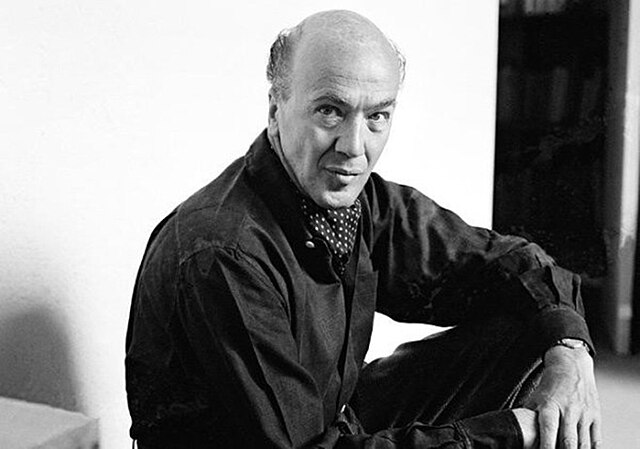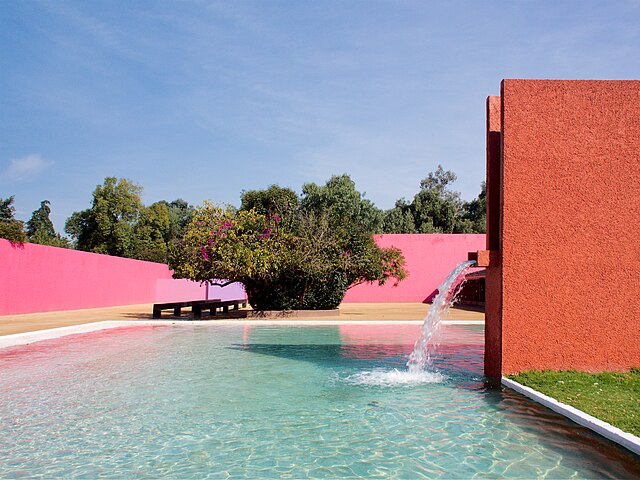Shigeru Ban is a Japanese architect, known for his innovative work with paper, particularly recycled cardboard tubes used to quickly and efficiently house disaster victims. Many of his notable designs are structures which are temporary, prefabricated, or incorporate inexpensive and unconventional materials in innovative ways. He was profiled by Time magazine in their projection of 21st-century innovators in the field of architecture and design.
Shigeru Ban, 2011
Takatori Catholic Church is a temporary church building erected in Kobe after the Great Hanshin earthquake in 1995. It was donated (deconstructed and moved) to Taiwan in 2005.
Japanese pavilion at the Expo 2000, Hannover (2000)
Ban designed the Nomadic Museum with engineer Buro Happold, a temporary structure composed of 156 shipping containers (2006)
Pritzker Architecture Prize
The Pritzker Architecture Prize is an international architecture award presented annually "to honor a living architect or architects whose built work demonstrates a combination of those qualities of talent, vision and commitment which has produced consistent and significant contributions to humanity and the built environment through the art of architecture.” Founded in 1979 by Jay A. Pritzker and his wife Cindy, the award is funded by the Pritzker family and sponsored by the Hyatt Foundation. It is considered to be one of the world's premier architecture prizes, and is often referred to as the Nobel Prize of architecture.
Image: Philip Johnson.2002.FILARDO
Image: Luis Barragán Morfín 234
Image: Cuadra San Cristóbal (17423058118)
Image: James Stirling 01








